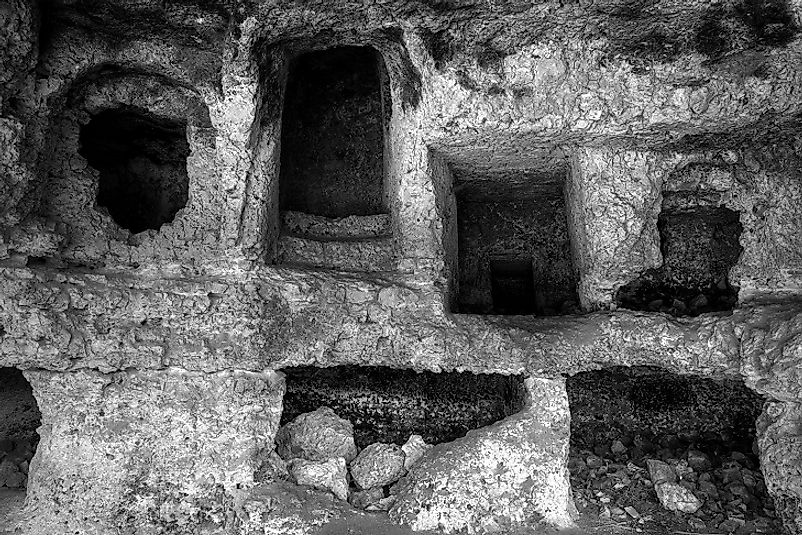UNESCO World Heritage Sites In Malta

Malta, officially known as the Republic of Malta, is an island nation composed of an archipelago in the central portion of the Mediterranean Sea. There are only three large islands in the archipelago which are inhabited, in addition to several smaller, uninhabited islands. It covers an area of 122 square miles with a population of 450,000, and its closest neighbors are Italy, Tunisia, and Libya. It is one of the smallest countries in the world with its two official languages being Maltese and English. The country’s climate is mainly Mediterranean with four season with mild winters, warm to hot summers, rainy autumn, and spring. As a result of the warm climate, several recreational areas, unique architectural designs, and historical monuments have made Malta a popular tourist destination alongside some of the oldest free-standing structures in the world. These are the Ħal Saflieni Hypogeum, Valletta, and the seven Megalithic temples discussed below in detail.
Ħal Saflieni Hypogeum
The Hypogeum of Hal-Saflieni is a historic structure located in Paola, Malta which dates back to around 3000 BC. Initially, the site was a sanctuary, but over the years it became a cemetery in the prehistoric times. This ancient temple is divided into three levels. The first level is located 10 meters below the surface with various natural caves. The second level is an extension of the first level, to the realization that the first level was not adequate an extension was made. The second level has various important rooms like main chamber, Oracle room, decorated room, the Holy of Holies, and the snake pit. The last level is the third level which was only used for storage. The site was discovered in 1902 and excavations on the site began in 1903. After the excavations had been finished, the site was opened to visitors in 1908 and has grown to be one of the most popular tourist attraction sites in the country. It is a well-preserved World Heritage Site which was designated by the United Nations Educational, Scientific, and Cultural Organization (UNESCO) in 1980.
Malta's Megalithic Temples
The Megalithic Temples of Malta are several prehistoric temples built during three distinct time periods in Malta. The building followed the Maltese prehistoric chronology dating back from the Neolithic period, the Temple period, and the Bronze Age period. They are one of the oldest standing structures built as a result of the cultural evolution. This was an admired innovation of that time, and several other buildings and structures took in into consideration the cultural aspect. By 2500 BC, the original culture of the temple had disappeared. In 1980, UNESCO designated six temples as a World Heritage Sites. These temples include the Ggantija, Ta’ Hagrat, Skorba, Hagar Qim, Mnajdra, and Tarxien temples.
Valletta
Valletta, located in the South Eastern Region of Malta, is the capital city of Malta and the second southernmost capital city in the European Union. The city was established on March 28, 1566, during the ruling of the Order of St. John. There was full utilization of Baroque architecture in the 16th Century, amalgamated with both Neoclassical and modern architectural styles. Major destruction occurred in the city during the Second World War, including the destruction of the royal opera house. There are a series fortifications, defensive walls all-around the city of Valletta, Baroque palaces, gardens, and churches. The historic city of Valletta was designated as a cultural site by UNESCO and was inscribed on the world heritage list in 1980.
Threats and Conservation Efforts
The extreme climatic variations Malta has experienced through the years have led to the destruction of both the limestone carvings and the stone walls of these structures, which are especially prone during fluctuations in temperature and high humidity levels. Major excavations have also been carried out which has led to the loss of the original cultural significance of the site.
UNESCO World Heritage Sites In Malta
| UNESCO World Heritage Sites in Malta | Year of Inscription; Type |
| Ħal Saflieni Hypogeum | 1980; Cultural |
| Malta's Megalithic Temples | 1980; Cultural |
| Valletta | 1980; Cultural |











